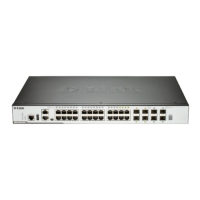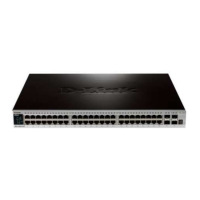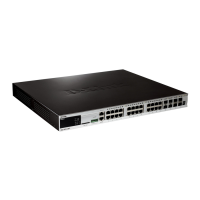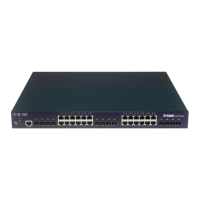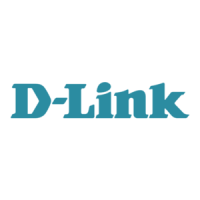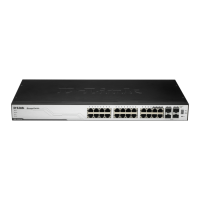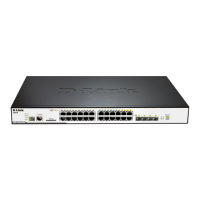DGS-3630 Series Layer 3 Stackable Managed Switch Web UI Reference Guide
172
Link Aggregation
Understanding Port Trunk Groups
Port trunk groups are used to combine a number of ports together to make a single high-bandwidth data pipeline. The
Switch supports up to 32 port trunk groups with up to 12 ports in each group.
Figure 5-63 Example of Port Trunk Group
The Switch treats all ports in a trunk group as a single port. Data transmitted to a specific host (destination address)
will always be transmitted over the same port in a trunk group. This allows packets in a data stream to arrive in the
same order they were sent.
Link aggregation allows several ports to be grouped together and to act as a single link. This results in a bandwidth
that is a multiple of a single link's bandwidth.
Link aggregation is most commonly used to link bandwidth intensive network devices, such as servers, to the
backbone of a network.
The Switch allows the creation of up to 32 link aggregation groups, each group consisting of up to 12 links (ports).
Each port can only belong to a single link aggregation group.
Load balancing is automatically applied to the ports in the aggregated group, and a link failure within the group causes
the network traffic to be directed to the remaining links in the group.
The Spanning Tree Protocol will treat a link aggregation group as a single link. If two redundant link aggregation
groups are configured on the Switch, STP will block one entire group; in the same way STP will block a single port that
has a redundant link.
NOTE: If any ports within the trunk group become disconnected, packets intended for the disconnected
port will be load shared among the other linked ports of the link aggregation group.
This window is used to display and configure the link aggregation settings. To view the following window, click L2
Features > Link Aggregation, as shown below:
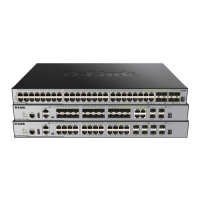
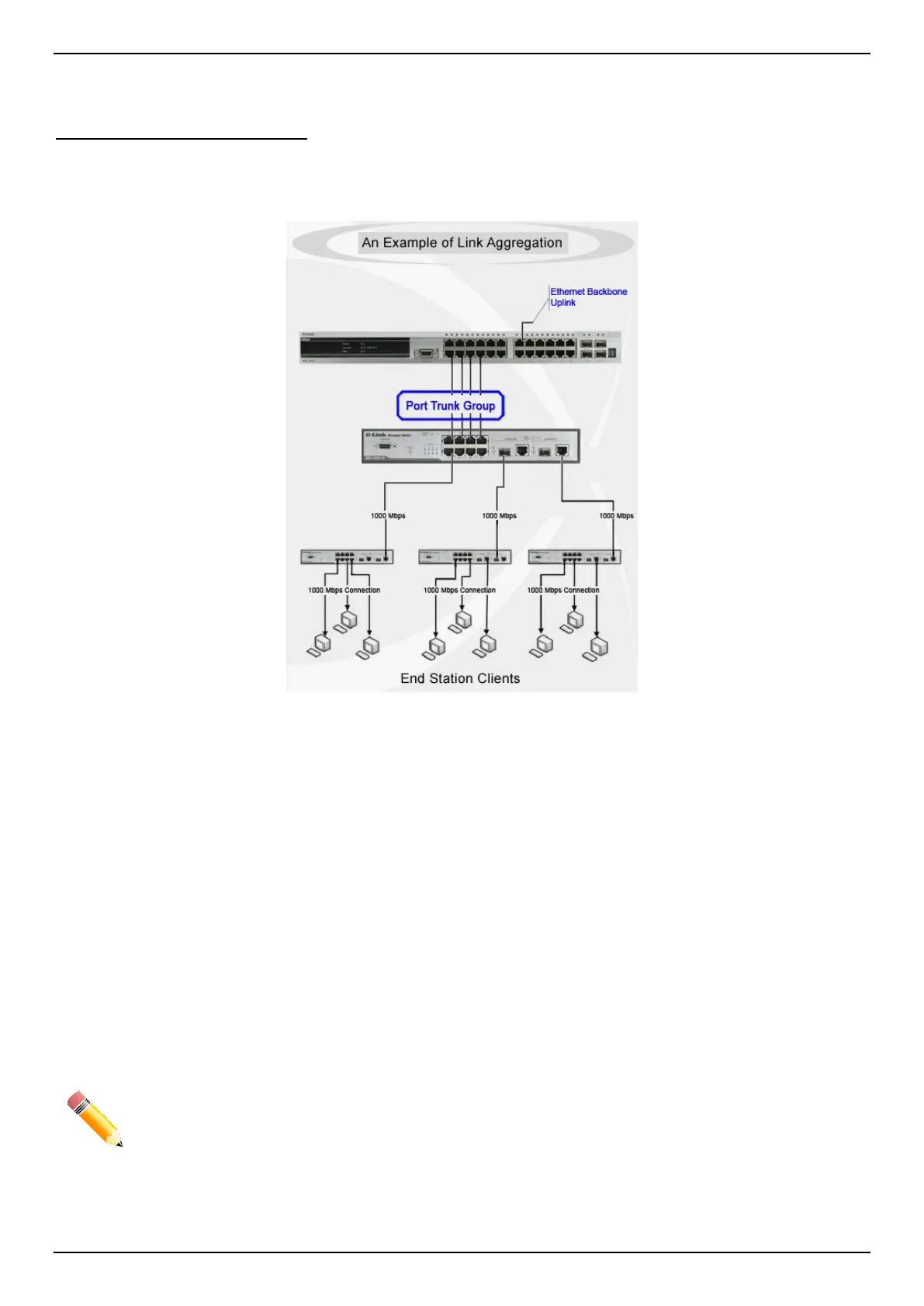